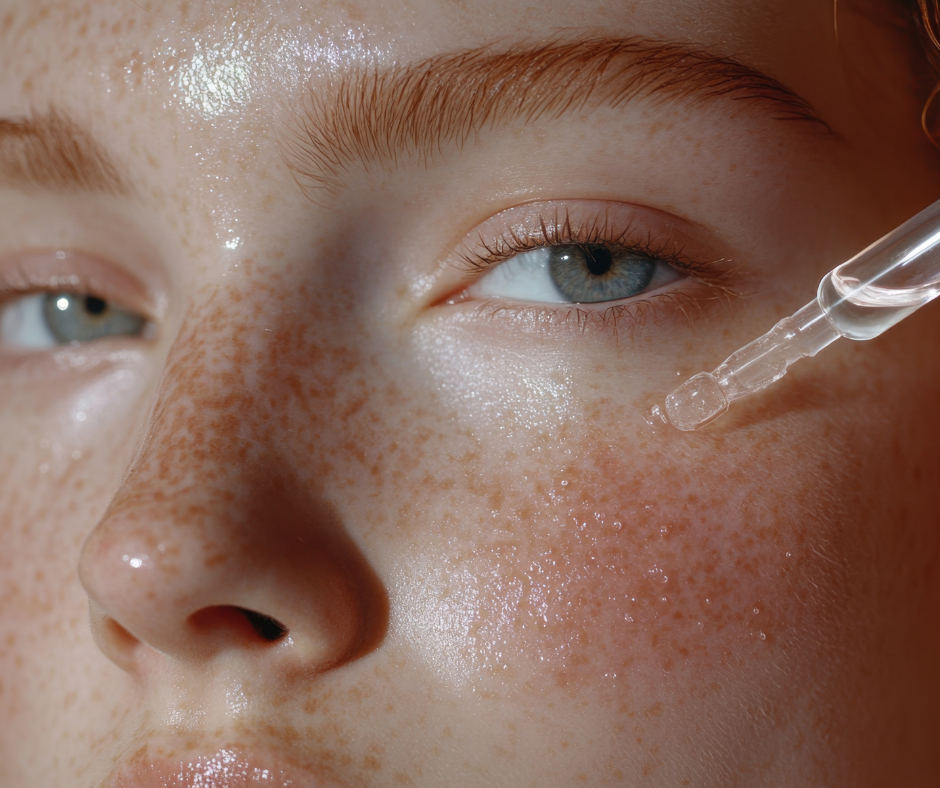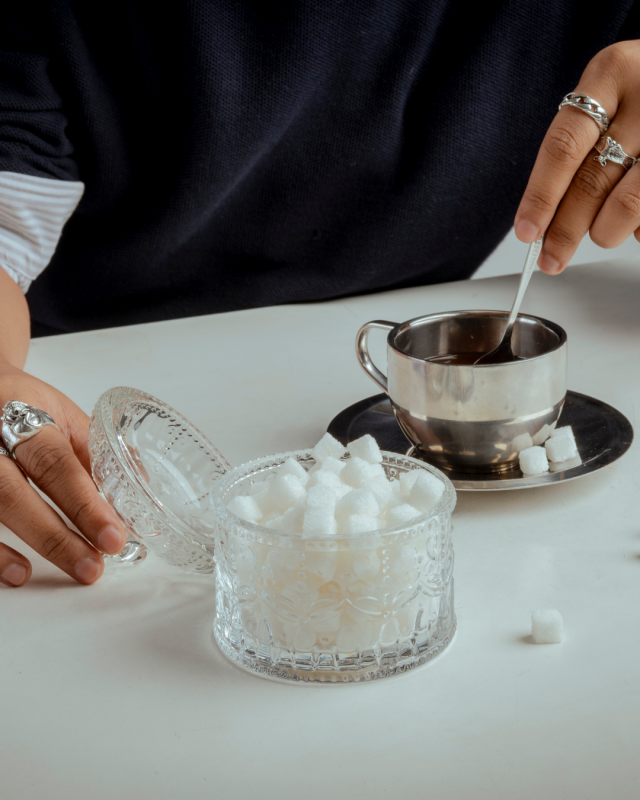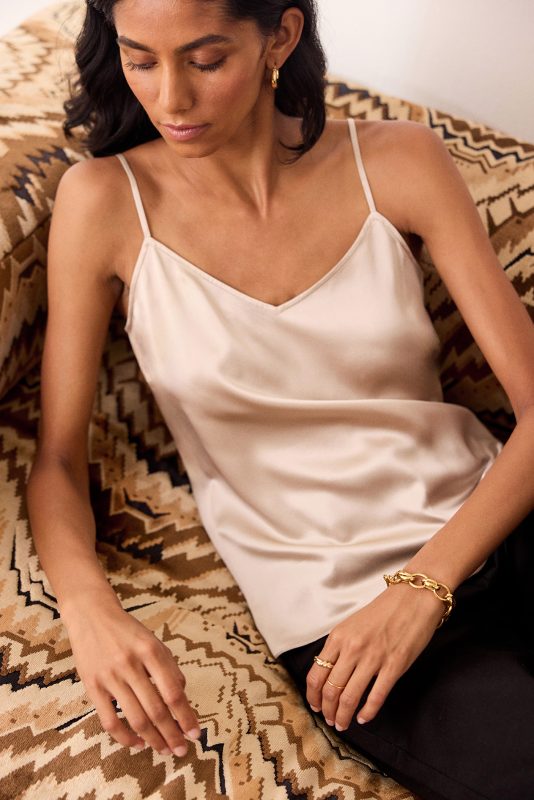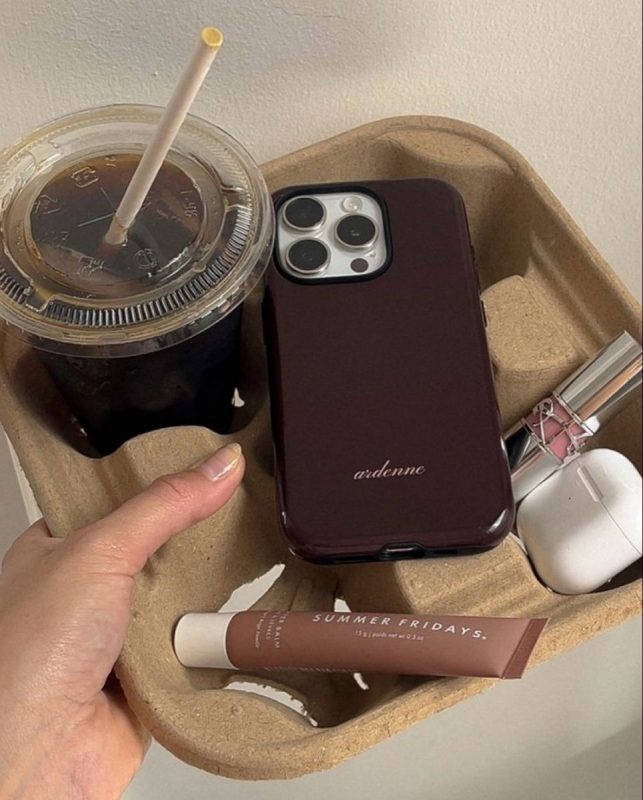News

Key takeaways at a glance:
Unilever research links microbiome health to visibly younger skin.
A healthy, diverse microbiome underpins barrier strength, inflammation control and structural integrity.
Early movers like POND’S, Gallinée and Aurelia are building microbiome care into their positioning.
Consumers are shifting towards long-term skin health, not just quick results.
For brands, microbiome-smart anti-ageing is becoming a new point of differentiation.
The anti-ageing category has never been more crowded. Breakthroughs are rare, claims blur together, and meaningful differentiation is hard to hold.
But new research is pointing to a quiet revolution. The skin’s microbiome, the trillions of bacteria, fungi and viruses that live on its surface, is emerging as one of the strongest predictors of how skin behaves, defends itself and visibly ages.
This is more than a scientific curiosity. It is a signal of where the category is heading, and a powerful cue for brands looking to lead it.
Why It Matters
In 2025, Unilever released one of the first large-scale studies linking microbiome health to younger-looking skin.
People who appeared younger than their biological age had more diverse and resilient microbial ecosystems. When participants used a topical retinoid (retinyl propionate), it didn’t just improve their skin’s appearance, it shifted their microbiome to mirror that of younger skin.
For brand leaders, this is not just another claim to add to the pack copy. It is a sign that the future of anti-ageing will be defined by how well products support the skin’s natural ecosystem, not just how fast they resurface or firm.
The Science, Simplified
Researchers have pinpointed three ways the microbiome shapes how skin ages:
- Barrier support: A diverse microbiome strengthens the skin barrier, locking in moisture and keeping stressors out.
- Inflammation control: Balanced microbial communities help prevent chronic inflammation, which accelerates collagen breakdown.
- Structural integrity: When the microbiome is disrupted, enzymes that degrade skin’s firming proteins become more active, fast-tracking dullness and sagging.
Microbiome health doesn’t sit alongside traditional anti-ageing. It underpins it.
Early Movers to Watch
Forward-thinking brands are already weaving this science into their positioning and innovation strategies:
- POND’S is already applying Unilever’s research, using retinyl propionate in formulations designed to support both skin renewal and microbiome health.
- Gallinée continues to pioneer with pre-, pro- and postbiotic formulations that put microbial balance front and centre. The Gallinée Foaming Facial Cleanser is a great example.
- Mother Dirt, born from biotech, offers live bacteria sprays aimed at resetting the skin’s microbial ecosystem.
- Aurelia London is pairing probiotic technology with premium anti-ageing ingredients, positioning microbiome care as integral to skin repair. A great example being the Revitalise and Glow Serum.
This isn’t niche. It reflects a cultural shift towards long-term skin health, not just instant results.
What Brand Teams Should Do Next
In a saturated anti-ageing market, this is a rare white space.
To capitalise on it, ask:
- How does our range support long-term barrier function?
- Does our formulation strategy reduce chronic skin stress and inflammation?
- Are we protecting the skin’s natural ecosystem or disrupting it?
This is not about chasing buzzwords. It is about building trust around long-term skin integrity and showing consumers that your brand understands what truly drives skin health.
Anti-ageing can no longer be one-dimensional. Consumers are noticing, and they are choosing brands that evolve with them.
The microbiome may be invisible, but its role in how skin ages is now measurable. For brands, that makes it one of the most powerful levers left to pull.
Are you a beauty brand ready to translate shifts like this into meaningful positioning? We’d love to hear from you: hello@b-theagency.com




